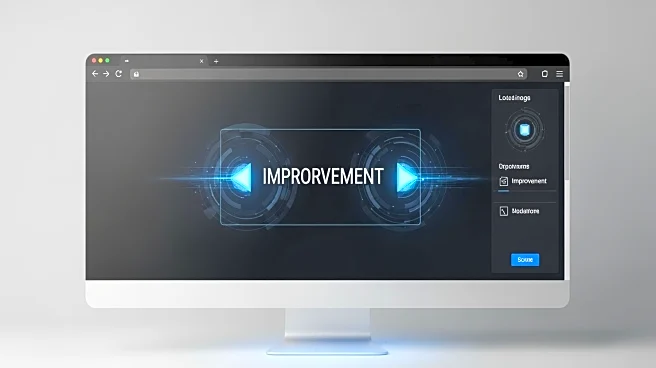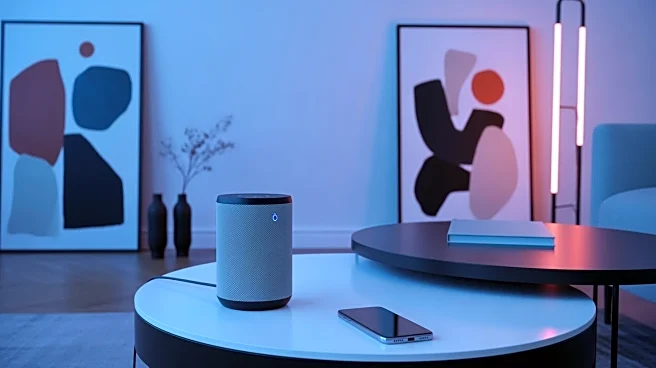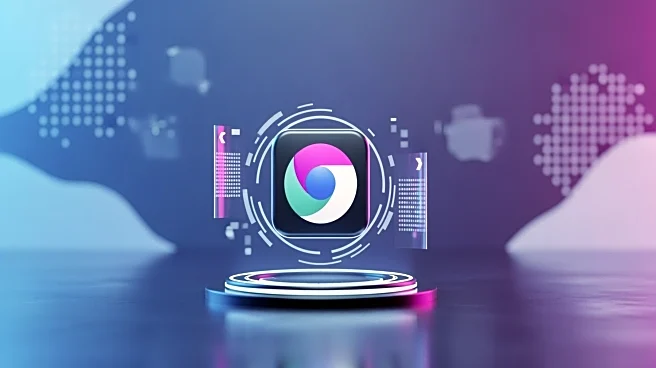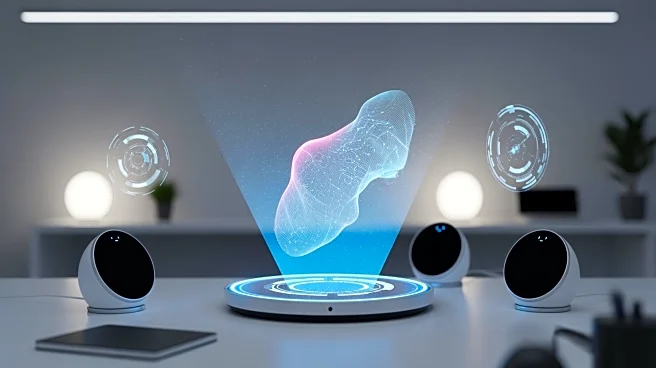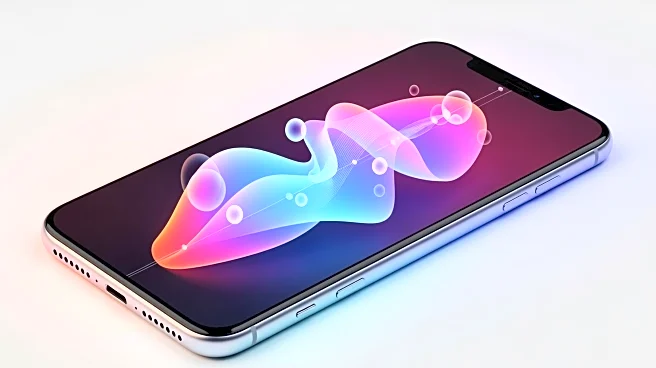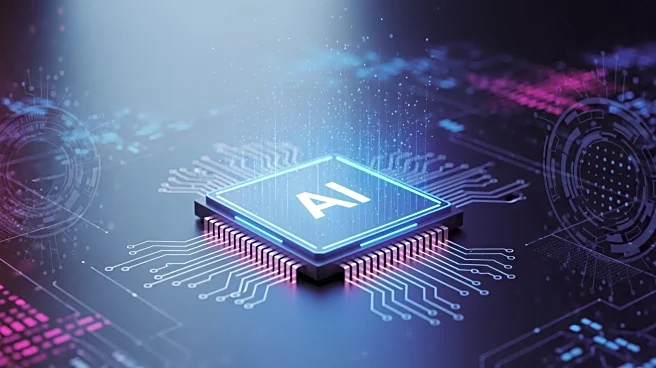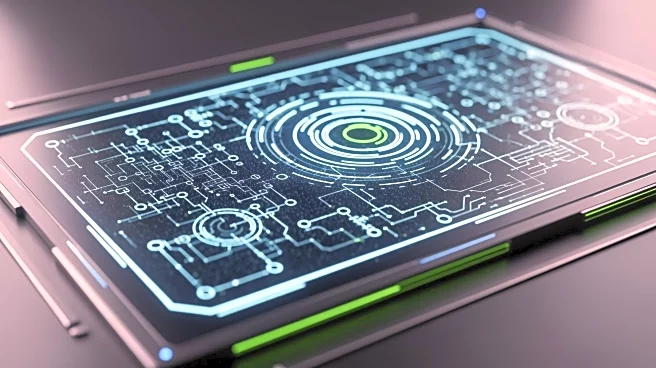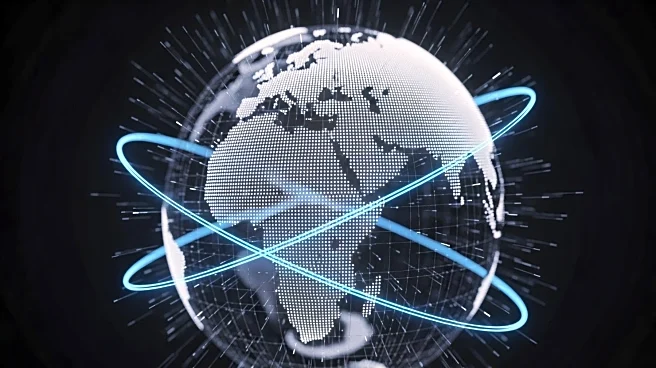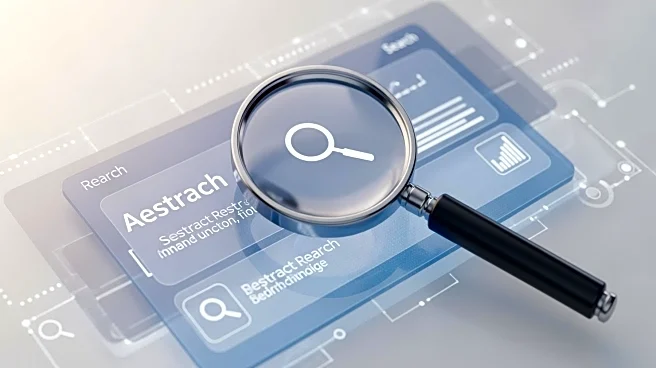What's Happening?
Adobe has introduced a suite of new generative AI tools in Photoshop, aimed at enhancing creative workflows for users. These tools include features such as generative fill, expand, and remove, which allow users to manipulate images with text prompts and create
new designs seamlessly. The generative fill tool enables users to select specific regions of an image and generate new designs, while generative expand allows for the creation of additional space in images. Generative remove acts as an AI-powered eraser, isolating and removing elements without disrupting the entire image. Additionally, Adobe's AI image model, Firefly, is integrated into Photoshop, providing users with advanced image generation capabilities. These tools are available across desktop, web, and mobile platforms, offering flexibility for users in different environments.
Why It's Important?
The introduction of AI tools in Photoshop represents a significant shift in the creative industry, potentially transforming how designers and artists approach their work. By automating complex tasks and providing new creative possibilities, these tools can increase efficiency and expand the scope of projects that can be undertaken. This development is particularly relevant for professionals who require quick turnaround times and high-quality results. However, the integration of AI also raises questions about the balance between human creativity and machine-generated content, as well as the potential for over-reliance on technology. As these tools become more prevalent, they may redefine industry standards and expectations, impacting both seasoned professionals and newcomers to the field.
What's Next?
Adobe is expected to continue expanding its AI capabilities, with more AI-powered editing tools anticipated in Photoshop throughout the year. As users become more familiar with these tools, feedback and adaptation will likely shape future updates and enhancements. The broader creative industry may see increased competition as other software providers develop similar AI features, pushing innovation and potentially leading to new standards in digital design. Additionally, the ethical implications of AI-generated content, such as authenticity and originality, may prompt discussions and guidelines within the industry.
Beyond the Headlines
The integration of AI in creative software like Photoshop could have long-term implications for the industry, including shifts in job roles and skill requirements. As AI tools become more sophisticated, the demand for traditional skills may decrease, while proficiency in AI-driven design techniques becomes more critical. This evolution may also influence educational programs and professional training, as institutions adapt to prepare students for a changing landscape. Furthermore, the use of AI in creative processes may spark debates about intellectual property rights and the ownership of AI-generated content.


